I have an html page, custom.html, and a python script, test.py (both screenshotted below). The html page only has a button that should trigger the python script to print a line (in my next python script I'd like it to do more but this is my starting point).
Under Chrome's developer tools, once I click the button, I receive a GET 404 error, initiated by Jquery. Any advice on successfully activating the python script from my html button is greatly appreciated.
My test.py script is simply
print("Successful line print")
Here is my custom.html document
<!DOCTYPE html>
<html lang="en" dir="ltr">
<head>
<meta charset="utf-8">
<title>Page Title</title>
<link rel="stylesheet" type="text/css" href="../static/css/style2.css">
<script src="https://ajax.googleapis.com/ajax/libs/jquery/3.4.1/jquery.min.js"></script>
</head>
<pre>
</pre>
<body>
<div>
<div>
<button style="text-align: center; margin-bottom: 150px" class="search-btn" type="button" value=" Run Script " onclick="goPython()">Trigger Python
<script>
function goPython() {
$.ajax({
url: "../folder/test.py",
context: document.body
}).done(function() {
alert('finished python script');;
});
}
</script>
</button>
</div>
</div>
</body>
</html>
EDIT: I am adding the code to my main.py script required for Google App Engine to handle URL calls and importing Flask.
from flask import Flask, request, render_template
app = Flask(__name__)
@app.route("/")
def index():
return render_template('index.html')
@app.route("/learn.html")
def learn():
return render_template('learn.html')
@app.route("/custom.html")
def custom():
return render_template('custom.html')
if __name__ == "__main__":
app.run()
EDIT 2, after attempting @Dustin Ingram's answer:
Here is the new code to my custom.html
<!DOCTYPE html>
<html lang="en" dir="ltr">
<head>
<meta charset="utf-8">
<title>Page Title</title>
<link rel="stylesheet" type="text/css" href="../static/css/style2.css">
<script src="https://ajax.googleapis.com/ajax/libs/jquery/3.4.1/jquery.min.js"></script>
</head>
<body>
<div>
<div>
<button style="text-align: center; margin-bottom: 150px" class="search-btn" type="button" value=" Run Script " onclick="goPython()">Click Here
<script>
function goPython() {
$.ajax({
url: "/trigger-python",
context: document.body
}).done(function() {
alert('finished python script');;
});
}
</script>
</button>
</div>
</div>
</body>
</html>
And I made a simple test.py just to test the ability for the html button click to activate the python script
from flask import Flask
app = Flask(__name__)
@app.route("/trigger-python")
def print_something():
print("Successful line print")
return 'OK'
print_something()
if __name__ == '__main__':
app.run(host='127.0.0.1', port=8080, debug=True)
After fixing the URL called in AJAX, I'm still getting the same 404 error when clicking the button. Below is an updated Chrome Developer Tool screenshot.



